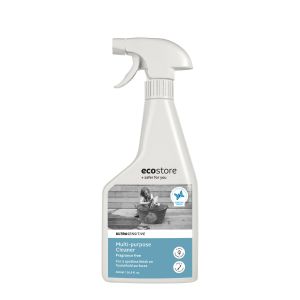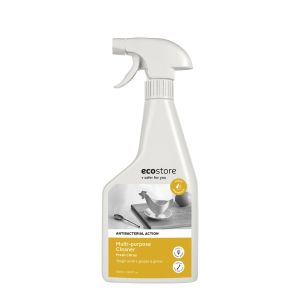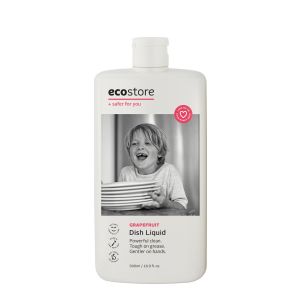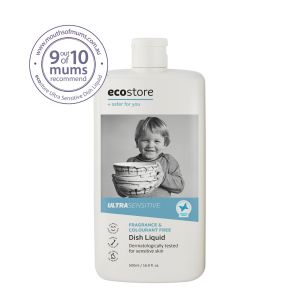
American comedian Phyllis Diller once observed "Cleaning the house while your kids are still growing is like shovelling the walk before it stops snowing." A sentiment most parents can sympathise with. But while it’s challenging to keep things shipshape with kids at home, there are a few strategies to make things easier on the orderly front.
To help you keep on top of things, we’ve assembled some tried and tested tips from busy parents within our own ecostore whanau (family).
Make them part of the solution
Little ones often really want to help out, and feel a sense of pride in helping things run smoothly. Every so often, it’s good to talk to the youngest members of the household about why it’s important to do their bit, then lead into the different - but equally important - things you can each do as part of the family.
Keep it age appropriate
It’s all about finding chores they can do. For preschool kids, that’s probably putting toys back in the toybox or pulling the duvet back up in the morning and putting their PJs under the pillow, while bigger kids can help with the dishes, or wipe down the table or bench after meals.
Let them help (even if it takes longer)
Yes, it can take extra effort to do the housework, cooking and general life admin, when the little ones want to do it too. But making extra effort now can pay off in the future. Getting the kids to pair up their socks, or put their folded clothes away in their drawers, starts with hanging out and showing them how it’s done.
Gamify clean up time
Reverse scavenger hunt: For example ‘put away everything that’s blue’.
Beat the timer: Tell the kids what you want them to do, then put on a favourite song, and they have to finish the job before the song ends. If they do that, the reward could be dancing to the next song.
Slam dunk: using the toybox as a goal, get the kids to shoot (unbreakable) toys in, while you shout ‘it’s a goal’ or ‘they shoot, they score!’
Break it into bite-sized chunks
‘Clean up your room’ can feel huge, nebulous and overwhelming when you’re a kid. Try breaking bigger tasks into smaller, more specific ones. For example, ‘let’s put the toy cars in the blue bin’, then ‘now we put the animals on the shelf by the window’.
Avoid the blame game
While it’s tempting, telling kids ‘you got it out so you have to put it away’ generally leads to protests of ‘he/she did it’ and someone getting upset. Encouraging your kids to help you clean up willingly relies on everyone working together, regardless of who made the mess in the first place.
Picture what you want
Chore charts are great visual prompts for pre-reading age children, and a good way to track their achievements. Likewise, if you stick a picture of the object to the box, shelf or drawer it goes in, it’s easier for little ones to put things away independently. You could draw the items or cut pictures from magazines. Adding the word to the image reinforces reading too.





